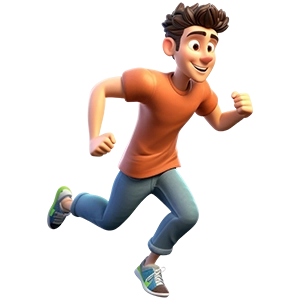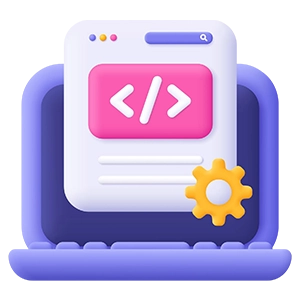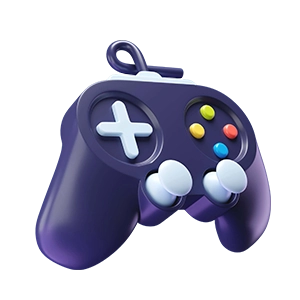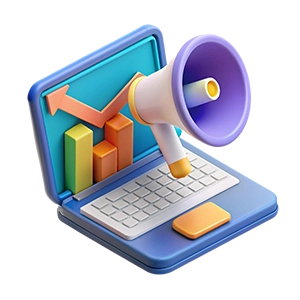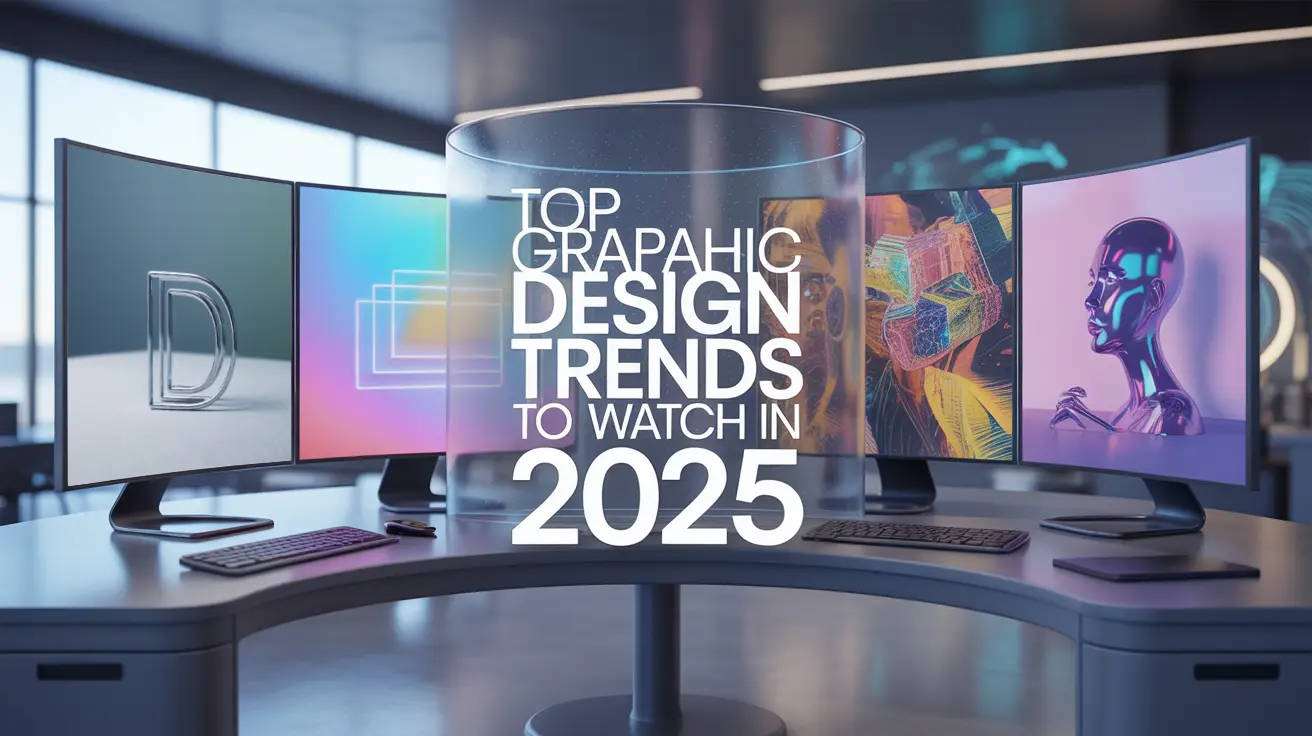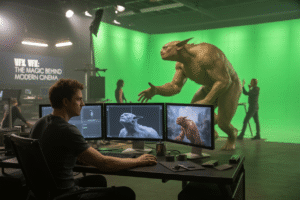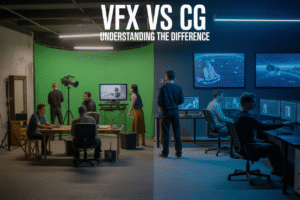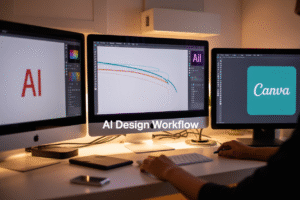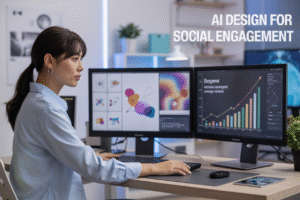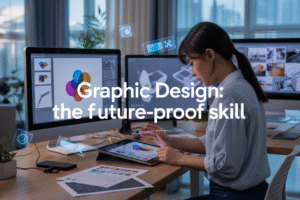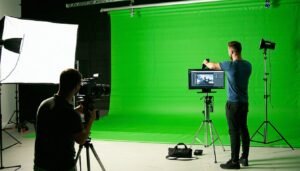As we enter 2025, the world of graphic design is evolving faster than ever. Technology, culture, and creativity are merging to reshape how we communicate visually. Designers are now embracing new tools, bold styles, and immersive experiences to stay ahead.
To stay relevant, it’s essential to follow the Graphic Design Trends to Watch. From AI-powered workflows to minimalist and interactive visuals, the Design Trends 2025 highlight a shift toward smarter, more meaningful design.
This guide explores the most exciting 2025 Graphic Design Styles, offering a glimpse into the Future of Graphic Design. These Visual Design Trends will shape everything from branding to UI/UX and motion design. For creatives, adapting to these Creative Trends for Designers is key to standing out in a rapidly changing digital world.
Top Graphic Design Trends to Watch in 2025
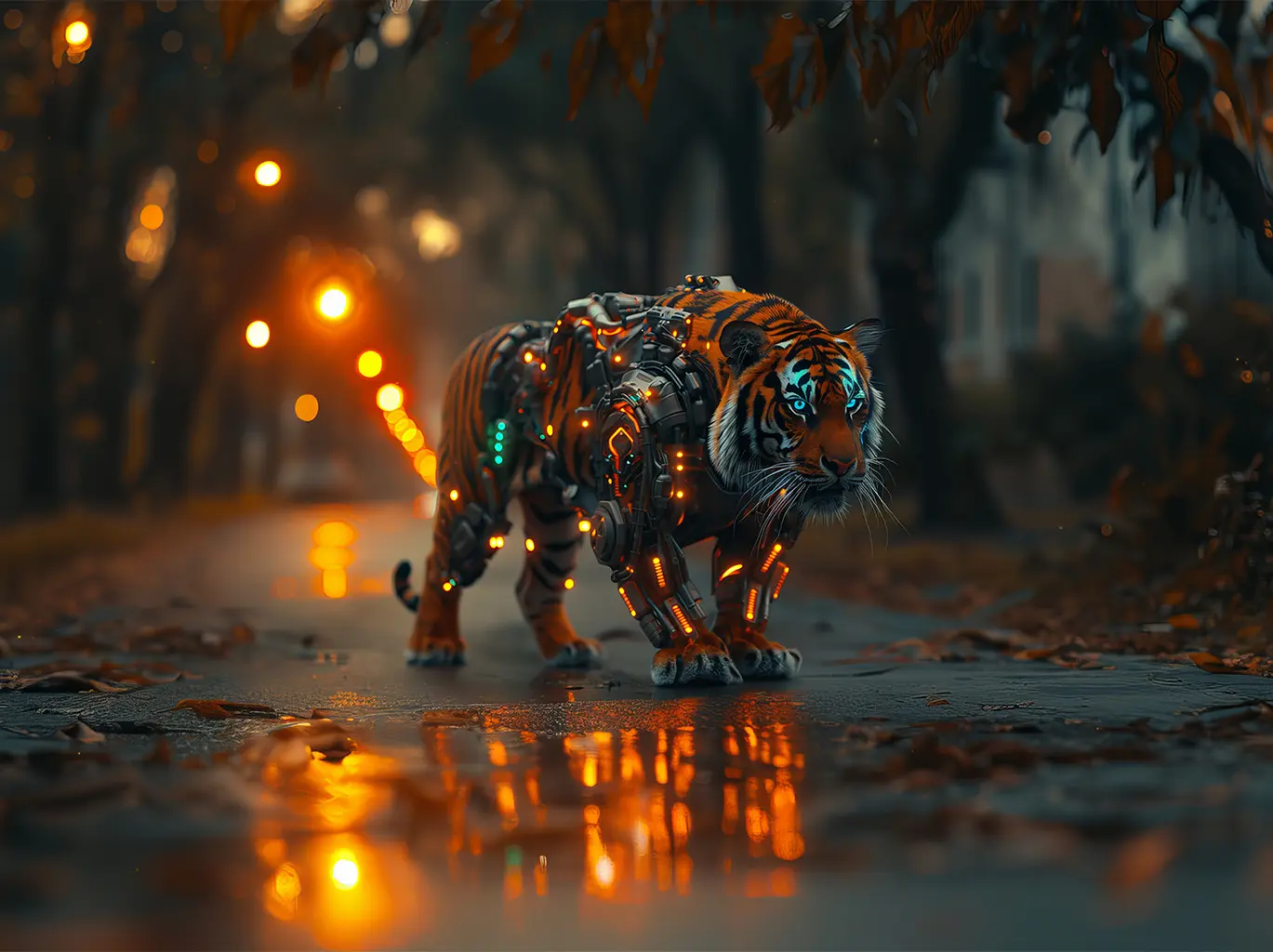
AI-Powered With tools like Midjourney, Adobe Firefly, and RunwayML, AI is no longer experimental—it has become an essential creative partner in the graphic design workflow. These tools are used to generate high-fidelity visuals, conceptual moodboards, and even animated elements in a fraction of the time it used to take.
AI-generated future of graphic design is revolutionizing the creative process by enabling designers to rapidly prototype, experiment with new styles, and push the boundaries of visual storytelling like never before. Designers can now turn simple text prompts into multiple visual interpretations instantly, enabling fast iteration and enhanced experimentation. Whether you’re designing a website header, social media ad, or packaging concept, AI offers a jumpstart. However, it still lacks the depth of human intuition, cultural sensitivity, and narrative intent. For that reason, AI should be treated as a brainstorming tool or creative collaborator—not a full-fledged designer.
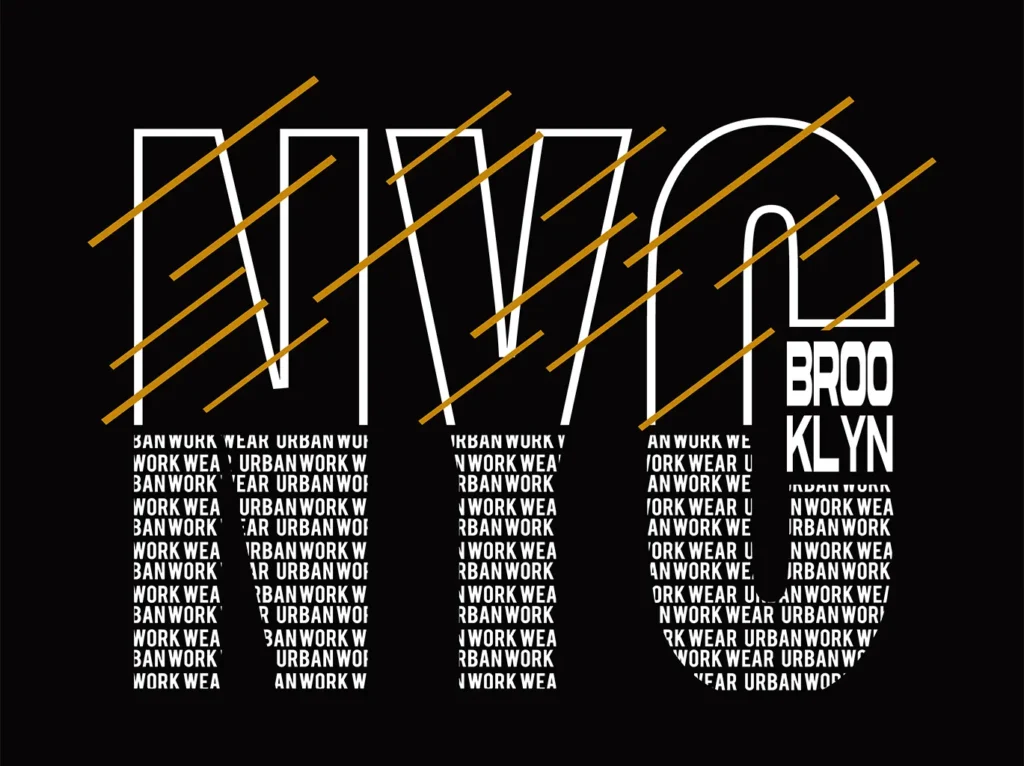
After years of minimalism dominating the scene, maximalism is making a bold comeback. This trend embraces vibrant colors, eclectic patterns, layered visuals, and expressive typography.
Designs will be louder, bolder, and unapologetically unique. Expect to see striking compositions that mix vintage inspirations with futuristic elements. Brands will use maximalism to showcase personality and break through the visual noise.
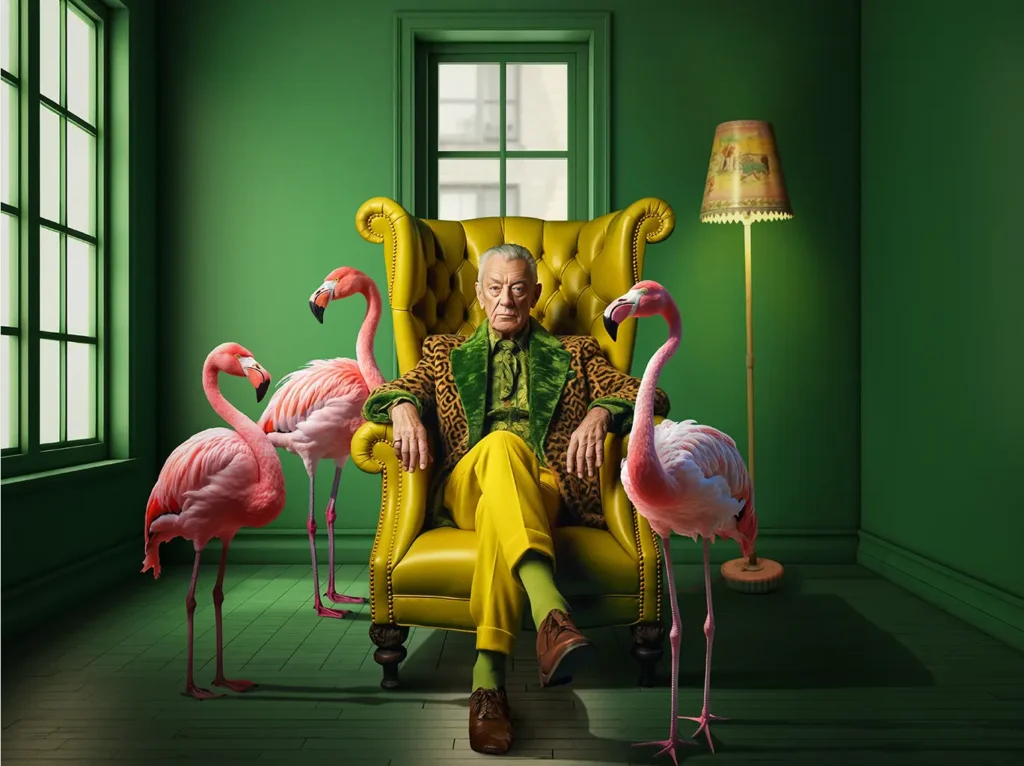
Expect a rise in abstract shapes, warped typography, and surreal color palettes that break visual norms. This trend is ideal for grabbing attention on social media and music/event-based branding.
Fueled by nostalgia, digital escapism, and the desire to break away from uniformity, psychedelic design is making a powerful comeback. Expect bold patterns, dreamlike compositions, optical illusions, and immersive visuals that challenge reality. It captures curiosity, making it ideal for experiential marketing, festivals, and NFT art drops.
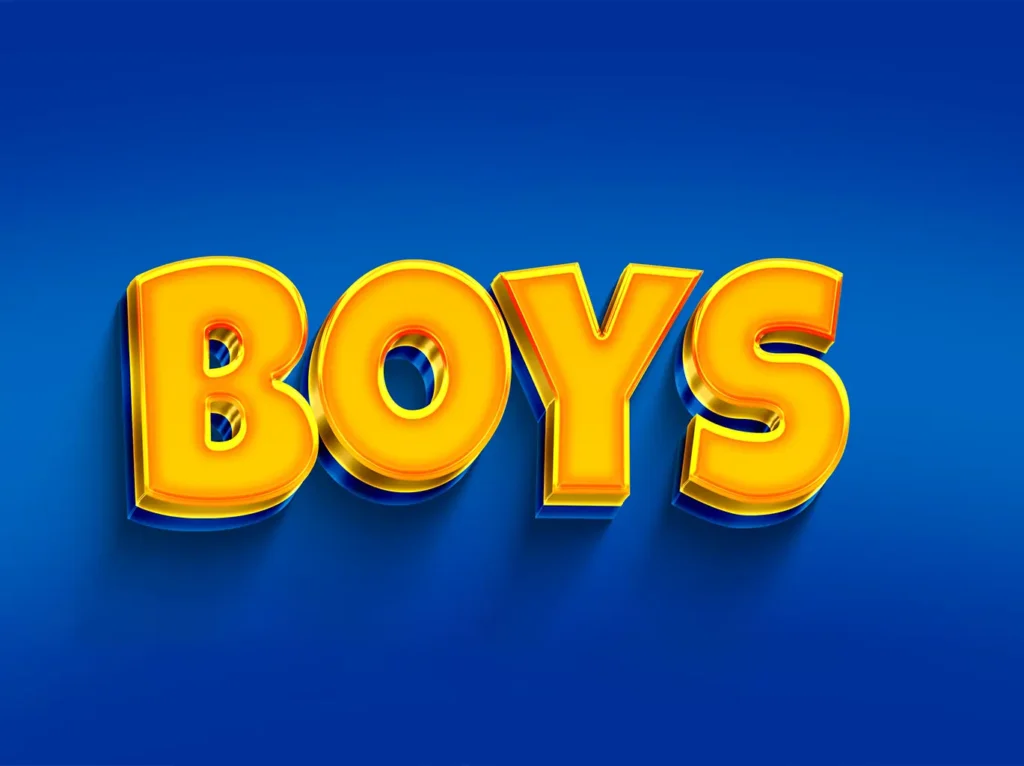
Typography is breaking the rules in 2025. Expect distorted fonts, kinetic type, and layouts that challenge traditional readability norms. This trend is about pushing boundaries and using type as a visual element rather than just a communication tool. It’s particularly effective in editorial design, posters, and digital campaigns looking to make a bold statement.
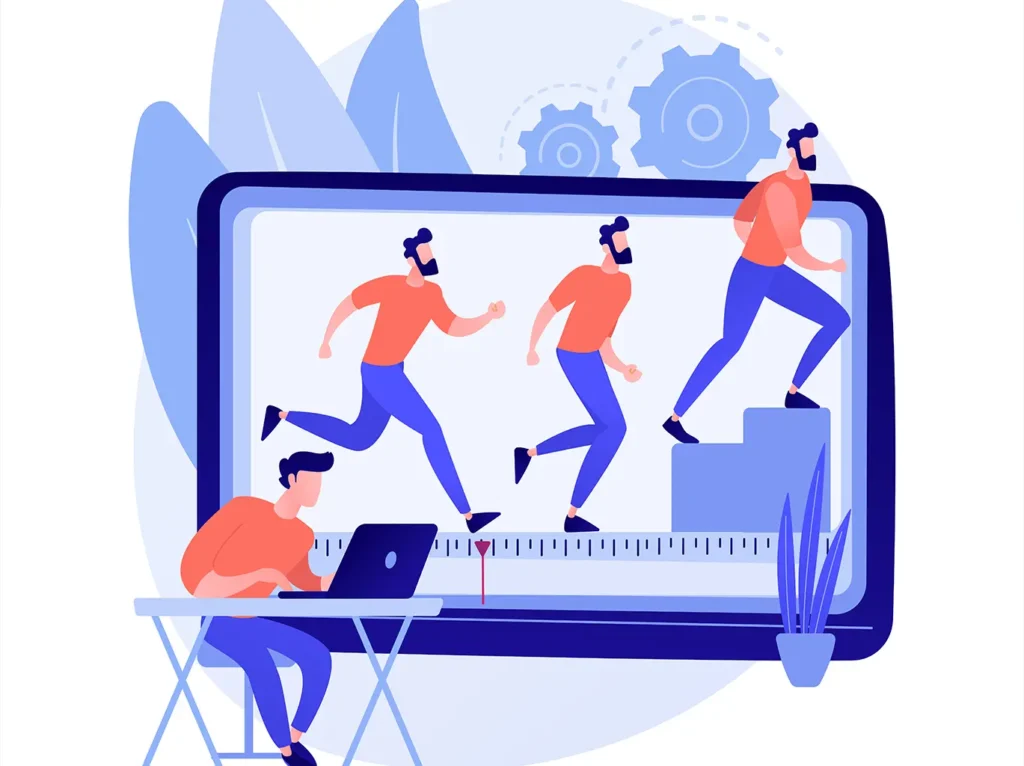
As content consumption becomes increasingly dynamic, motion graphics are taking center stage. From social media reels to animated web headers, motion brings static designs to life.
Expect to see more kinetic typography, scrolling animations, and interactive transitions. Brands will leverage motion to capture attention and tell richer stories, making it a key trend in 2025 Graphic Design Styles.
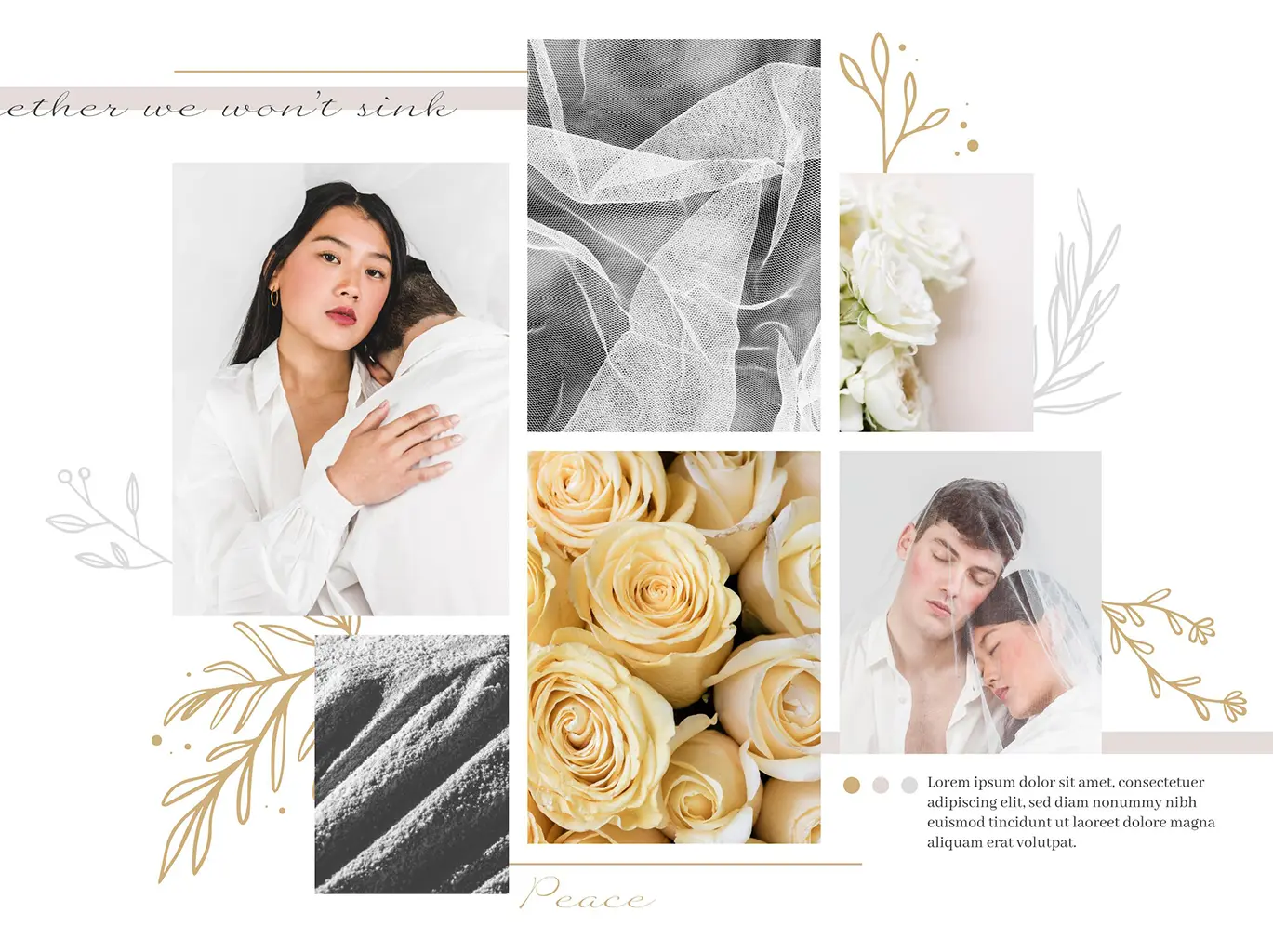
Retro-futurism merges nostalgic elements from the past with forward-thinking design concepts. Think neon lights, chrome textures, and vintage sci-fi aesthetics updated with modern technology and trends.
This style is gaining popularity in tech, fashion, and entertainment, reflecting a yearning for the future imagined in the past. It’s a nod to cultural memory, reimagined through a contemporary lens.
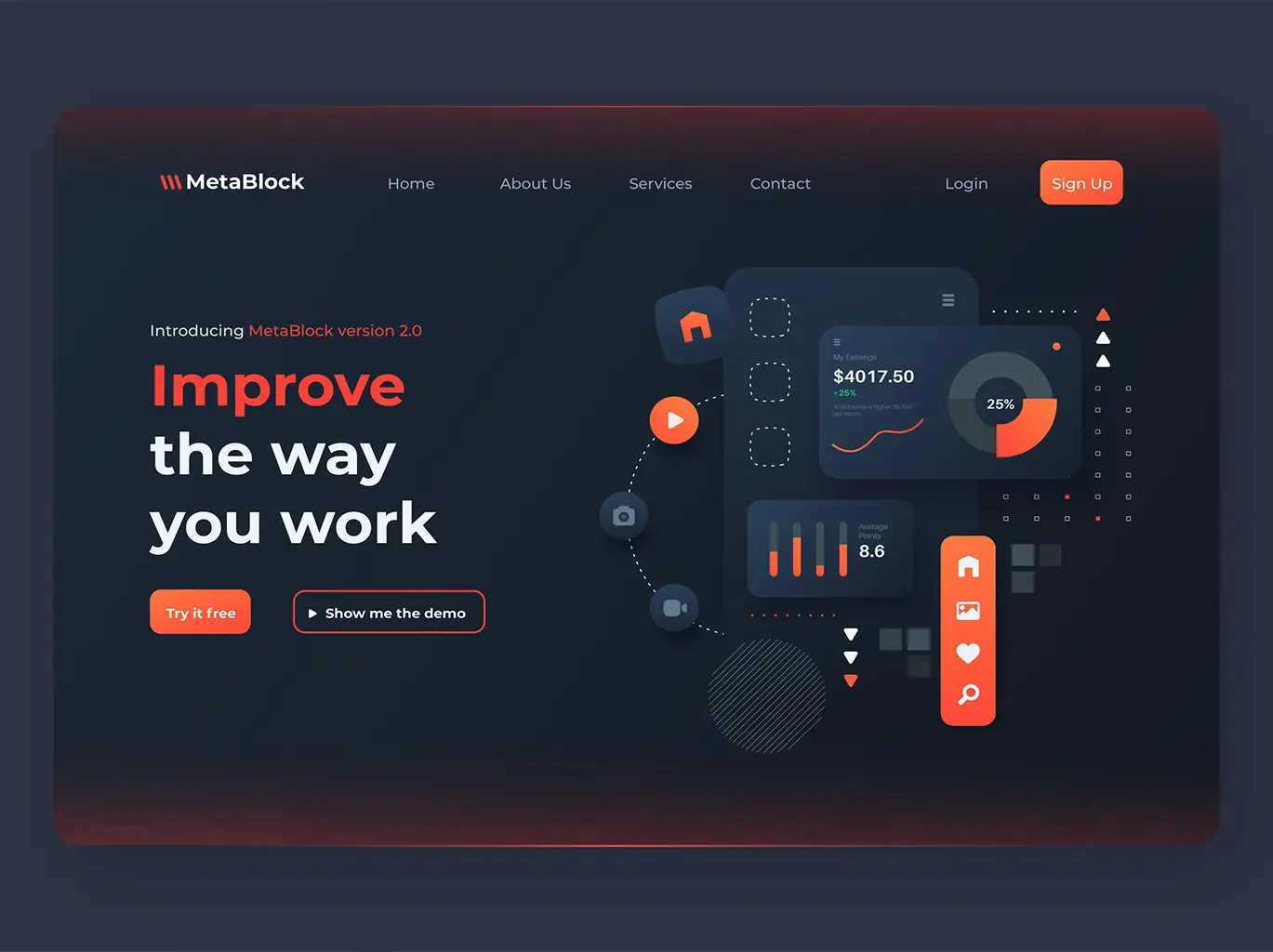
Sustainability is no longer optional it’s a design imperative. In 2025, more brands will prioritize ethical design practices, from using eco-friendly color palettes to minimizing digital waste and promoting inclusive visuals.
Designers are expected to think critically about the impact of their work on the planet and society. This trend reflects a broader shift toward conscious consumerism and social responsibility.
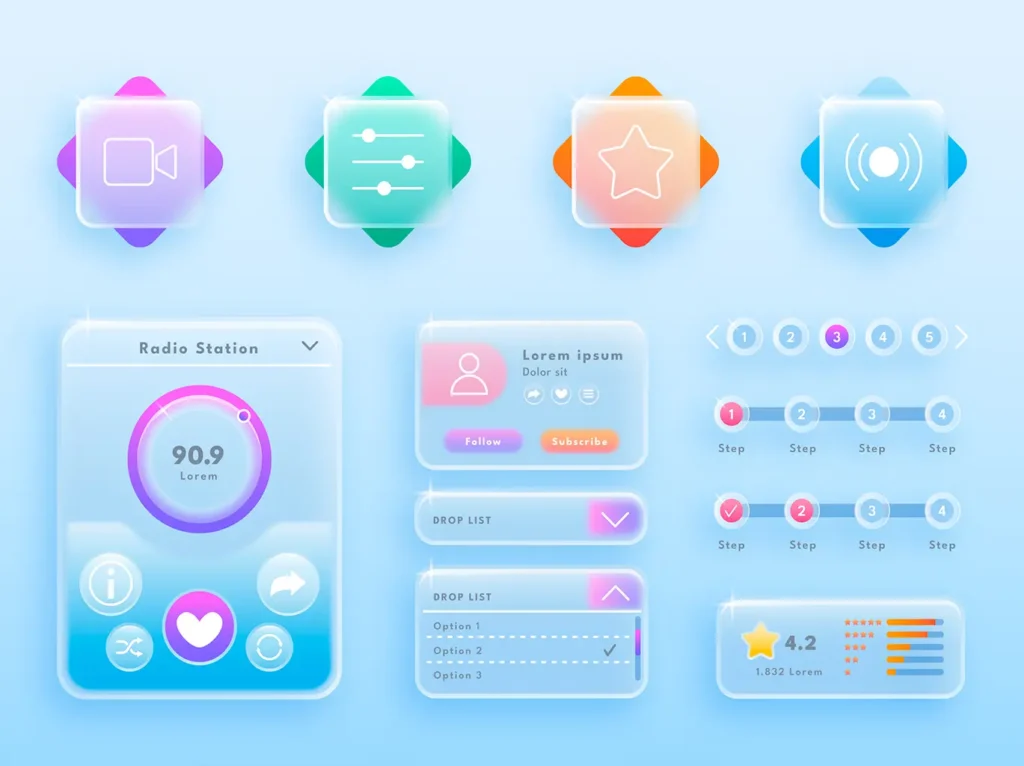
The rise of augmented reality (AR), virtual reality (VR), and mixed media is transforming how audiences experience design. Interactive graphics that respond to user input will become increasingly common.
From 3D product demos to immersive landing pages, these experiences are not just engaging they’re memorable. Designers must think beyond the screen and create multisensory environments.
How Designers Can Stay Ahead
To thrive in this evolving landscape, designers must continuously adapt and grow. Here are key strategies:
Stay Educated: Follow design blogs, attend webinars, and explore courses on platforms like Skillshare or Domestika.
Experiment with Tools: Try new software, plugins, and AI features to streamline workflows.
Join Creative Communities: Engage with others on Behance, Dribbble, and Reddit to exchange feedback and inspiration.
Follow Thought Leaders: Designers like Jessica Walsh, Mike Winkelmann (Beeple), and studios like Pentagram offer incredible insights into the Future of Graphic Design.
Be Purpose-Driven: Align your design choices with values like sustainability, inclusivity, and authenticity.
By proactively following the Graphic Design Trends to Watch, creatives can remain relevant, inspired, and in demand.
Conclusion
The Top Graphic Design Trends to Watch in 2025 reveal a dynamic future where creativity, technology, and purpose converge. From AI-powered tools to immersive experiences and bold aesthetics, the Design Trends 2025 landscape is more exciting than ever.
As we embrace these changes, one thing remains clear: great design will always be about connection. Whether you’re exploring 2025 Graphic Design Styles or testing the limits of your own creativity, the future belongs to those who dare to innovate.
FAQ
In 2025, graphic design trends to watch include bold typography, immersive 3D elements, AI-assisted design, and generative visuals. Designers are also leaning into sustainability-inspired visuals, dynamic motion graphics, and interactive UI experiences.
Design trends 2025 are pushing boundaries by blending technology with creativity. From AI-generated design assets to augmented reality (AR) visuals, the focus is on user engagement, personalization, and authenticity.
Key visual design trends include glassmorphism, anti-design aesthetics, vibrant gradients, kinetic typography, and nostalgic color palettes. These styles are redefining how brands communicate visually.
The future of graphic design is digital, interactive, and AI-integrated. Designers must adapt to new tools, learn responsive design systems, and stay ahead by merging creativity with technology.
Yes, 2025 graphic design styles include maximalism, neo-brutalism, minimalist 3D icons, and motion-first branding. These styles balance emotional storytelling with visual impact
Top creative trends for designers to follow include experimenting with AI-generated assets, using sustainable design practices, creating immersive digital experiences, and incorporating cultural relevance into design.
To stay ahead with the latest graphic design trends to watch, designers should follow design blogs, attend webinars, join creative communities, and explore platforms like Behance, Dribbble, and Pinterest. Subscribing to design newsletters and experimenting with new tools like Adobe Firefly or Figma also helps.
Absolutely. AI is a major influence on design trends 2025. From AI-generated illustrations to automated layout tools, artificial intelligence is speeding up workflows and opening new avenues for creative exploration. Designers who embrace AI will have a competitive edge.
Industries like tech, e-commerce, digital marketing, entertainment, and fintech are at the forefront of adopting visual design trends. These sectors rely heavily on compelling visuals to enhance user experience, branding, and digital interaction.
Motion design plays a critical role in the future of graphic design. From animated logos to micro-interactions in UI, motion helps create more dynamic, engaging user experiences. As video content rises, motion skills are becoming essential for modern designers.
Yes. While tools and styles evolve, fundamentals like typography, composition, and color theory remain vital. Mastering these core principles helps designers adapt to new 2025 graphic design styles while maintaining high-quality visual communication.
Tools like Adobe Creative Cloud, Figma, Canva, Blender (for 3D), and AI tools like Midjourney or Ideogram are essential for following creative trends for designers. These tools support fast prototyping, collaboration, and trend-based visual experimentation.
The 2025 graphic design styles favor bold color gradients, earthy tones, and neon accents. Duotone effects and high-contrast palettes are also making a comeback, helping designs stand out in digital environments.
Creative trends for designers are transforming branding by promoting authenticity, motion-first design, and storytelling. Brands now aim for immersive, mobile-friendly visuals that connect emotionally with users through consistent and memorable design systems.
Visual design trends are now deeply integrated with UX. Elements like kinetic typography, interactive micro-animations, and intuitive layouts enhance user engagement, making visual aesthetics and functionality inseparable in design trends 2025.
New designers should master adaptive layouts, motion design basics, AI tools, and responsive UI systems. The future of graphic design demands versatility—those who stay flexible and tech-savvy will thrive.
Yes. Minimalism remains one of the enduring graphic design trends to watch, especially when combined with bold typography or subtle motion. Clean, user-focused visuals continue to perform well across web and mobile platforms.
Design trends 2025 emphasize interactive storytelling, accessibility, and responsive visuals. Designers are focusing on immersive scrolling effects, animated transitions, and fluid grids to enhance the digital user experience.
Want Professional Feedback?
These projects are ideal for personal growth, but they become truly powerful with expert critique, mentorship, and structured learning. That’s where a professional course makes the difference.
✅ Inside our 

Get feedback from real designers
Build industry-level projects
Learn tools like Photoshop, Illustrator, Figma, Firefly, and more
Learn how to package your projects into a real portfolio
– Turn your creativity into a career that’s future-proof.


